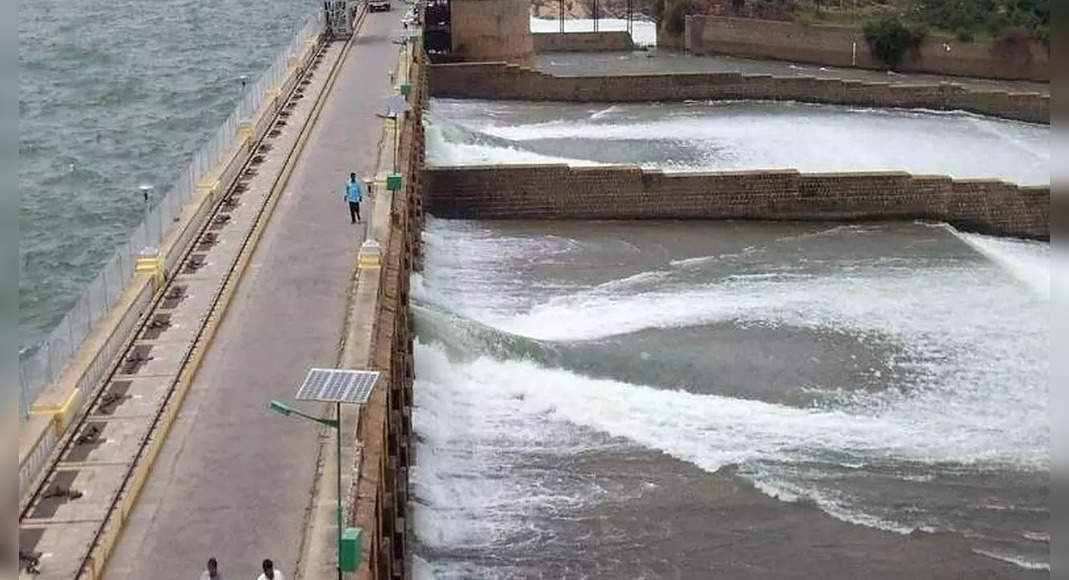Chennai: A research team from the Indian Institute of Technology Madras has detected a concentration of high pharmaceutical active compounds including painkillers, caffeine and used to treat heart blocks, high blood pressure, depression and epilepsy, and zinc, manganese, chromium, nickel, Copper, Aluminum, Mercury, Arsenic and Cadmium on the Cauvery River.
Their presence in one of the largest rivers in South India is a recipe for the growth of microorganisms with antitimrobial-resistant genes that can cause health risks to human life and water.
Researchers say these compounds and metals come from various sources including tourist activities, veterinary centers, waste water disposal, small industries and cottages, coffee processing units, and cash plant plantations.
“When heavy metals and pharmaceutical compounds are together, there is a possibility of microorganisms developing antimicrobial-resistant genes.
Studies elsewhere have reported it.
When humans consume water and if microorganisms cause disease, there is a possibility that existing drugs and antibiotics will not be effective in Treats it, “said Prof.
Ligy Philip, the Department of Civil Engineering, IITM, who led the research team.
The team conducted two years of research to study seasonal variations of pharmaceutical active compounds (PHAC).
Among several detected compounds, hydrochloride isoprenaline used to treat heart blocks, antihypertensive and prescribed for coronary heart disease perindoPril Erbumine, antidepressants and drugs for quantified epilepsy topiramate for the first time in the Indian River.
The researchers said the higher average concentration for the majority of PHAC was recorded at the upstream station (Karnataka), which could be caused by a higher number of pilgrims and tourist spots and more illegal settlements.
Furthermore, the pollutant level increased during the postmonsoon season (February), which could be caused by a reduction in river flow and continuous garbage disposal of various sources.
Although the PHAC concentration is lower compared to several other rivers, the IIT-M study team recommends routine monitoring and its tributaries for contamination by pharmaceutical compounds in water supplied for drinking and agricultural activities, and an increase in wastewater treatment systems.







